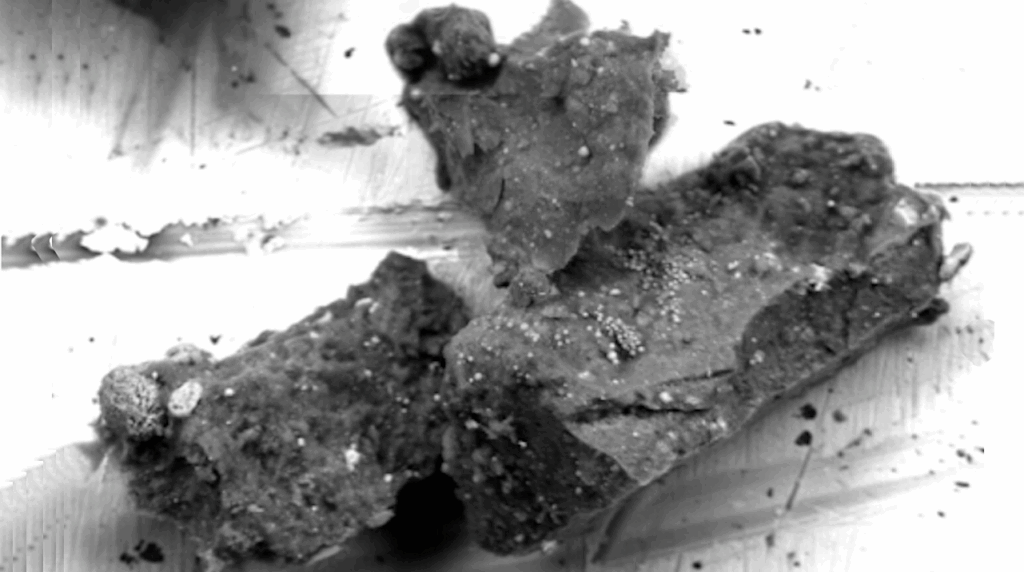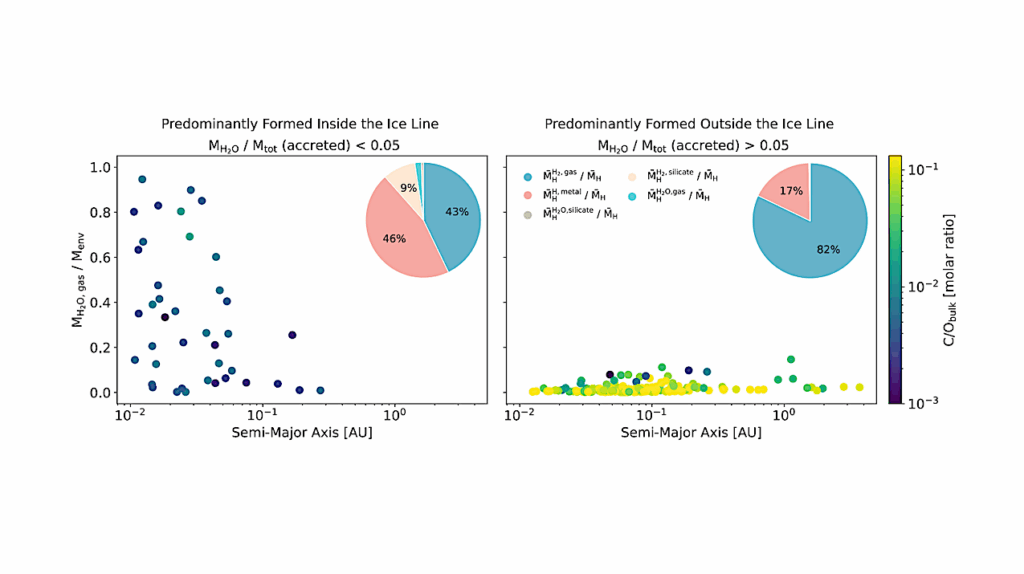Discovery And Preliminary Characterization Of A Third Interstellar Object: 3I/ATLAS

We report initial observations aimed at the characterization of a third interstellar object candidate.
This object, 3I/ATLAS — also C/2025 N1 (ATLAS) — , was discovered on 2025 July 1 UT and has an orbital eccentricity of e∼6.2, perihelion of q∼1.35 au, inclination of ∼175∘, and hyperbolic velocity of V∞∼60 km s−1. 3I/ATLAS has an absolute magnitude of HV∼12, which corresponds to a nuclear radius of ∼10 km, assuming an asteroid-like albedo of p∼0.05. The discovery of this object implies a spatial number density of n0∼10−3 au−3 for objects with radii greater than or equal to that of 3I/ATLAS.
We report deep stacked images obtained using the Canada-France-Hawaii Telescope that display faint activity. Using images obtained from the Las Cumbres Observatory 0.36 m telescopes at Haleakala and the 2.0 m Faulkes Telescope North, we find a small light curve variation of less than 0.2 mag for the object over a ∼29 h time span.
The visible/near-infrared spectral slope of the object is red, comparable to 1I/`Oumuamua. The object will be observable until September 2025, unobservable near perihelion due to low solar elongation, and observable again in November. This limitation unfortunately prohibits detailed observations at perihelion when the activity of 3I/ATLAS is likely to peak.
Based on the experience of 1I/`Oumuamua and 2I/Borisov, we ask the community to maintain a constant observational presence while possible with photometric, spectroscopic, and polarimetric methods. Such observational data would constrain the (i) light curve, (ii) onset and variation of activity, and (iii) nongravitational effects. It is essential that the community collaborate to rapidly and comprehensively characterize these properties of 3I/ATLAS.

Heliocentric orbit (ECLIPJ2000) of 1I/‘Oumuamua, 2I/Borisov, 3I/ATLAS (A11pl3Z), Earth, Mars, and Jupiter. Markers denote each body position at discovery. Vernal equinox direction is indicated. — astro-ph.IM

The g’,r’,i’,z’ colors of 3I/ATLAS obtained with FTN normalized at 5500 ˚A and plotted against 1I/‘Oumuamua (Q.-Z. Ye et al. 2017), 2I/Borisov (J. de Le´on et al. 2020), the extremely red Centaur Pholus (R. P. Binzel 1992), and the mean D-type asteroid spectrum (F. E. DeMeo et al. 2009). Note that errors on the color measurement are plotted, but are approximately the size of the plot points. 3I/ATLAS shows a moderately red spectral slope similar to 1I/‘Oumuamua and 2I/Borisov. — astro-ph.IM
Darryl Z. Seligman, Marco Micheli, Davide Farnocchia, Larry Denneau, John W. Noonan, Toni Santana-Ros, Luca Conversi, Maxime Devogèle, Laura Faggioli, Adina D. Feinstein, Marco Fenucci, Tessa Frincke, Olivier R. Hainaut, Willem B. Hoogendam, Henry H. Hsieh, Theodore Kareta, Michael S. P. Kelley, Tim Lister, Dušan Marčeta, Karen J. Meech, Francisco Ocaña, Eloy Peña-Asensio, Benjamin J. Shappee, Aster G. Taylor, Richard Wainscoat, Robert Weryk, James J. Wray, Atsuhiro Yaginuma, Bin Yang, Quanzhi Ye
Comments: To be submitted, community feedback welcome
Subjects: Earth and Planetary Astrophysics (astro-ph.EP); Astrophysics of Galaxies (astro-ph.GA); Instrumentation and Methods for Astrophysics (astro-ph.IM)
Cite as: arXiv:2507.02757 [astro-ph.EP] (or arXiv:2507.02757v1 [astro-ph.EP] for this version)
https://doi.org/10.48550/arXiv.2507.02757
Focus to learn more
Submission history
From: Darryl Seligman
[v1] Thu, 3 Jul 2025 16:20:39 UTC (1,797 KB)
https://arxiv.org/abs/2507.02757
Interstellar, astronomy, astrophysics, astrogeology, astrochemistry, astrobiology,








